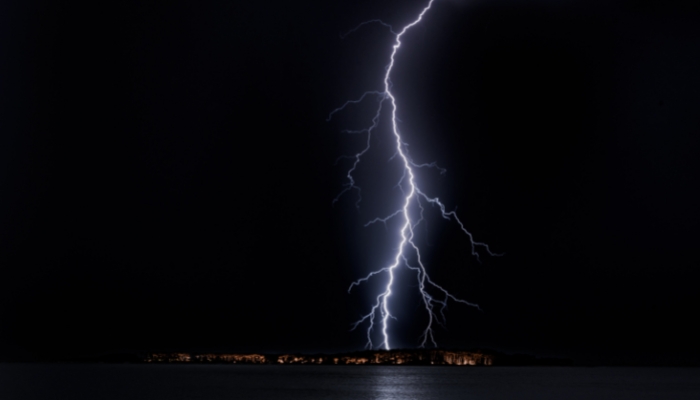This was going to be information regarding protection for our line of product offerings, but ,as I researched it, it is so much more encompassing than that. It not only applies to appliances, adjustable beds etc, but also water softeners, virtually everything electrical in your home!
In the last decade or more we have seen almost everything in appliances go from mechanical timers to electronic management of temperature, wash performance and sensors for everything.
While this does give more options, as our appliances get more intuitive and do more things for us, there is a downside that most people are not aware of.
This downside has nothing to do with the appliance manufacturer, but more to do with other circumstances, such as power outages, electrical overloads, faulty wiring.
Power surges happen when the voltage exceeds the maximum threshold of 169 Volts.
Power surges, especially lightning strikes can be in the thousands of volts.
That spike in voltage causes power surges that have the potential to damage electrical devices and appliances.
When voltage increases above normal capacity, it can cause an arc of electrical current, with associated heat also posing a risk to electronic components. Even smaller power surges can cause damage if they happen frequently.
This could be the reason that your devices and electrical appliances stop working for no apparent reason.
REASONS FOR POWER SURGES.

Electrical Overload
As its name suggests, electrical overloads are when you attempt to draw too much power from a single circuit. This can happen when you overuse extension cords, plug in too many appliances, or use an appliance above the circuit’s amperage levels. Electrical overloads can lead to power surges as the overwhelmed circuit may receive a massive spike in current due to the excessive power being drawn.
Faulty Wiring
Wiring is essential for distributing electricity. And if it is damaged or the casing is exposed, a power surge is more likely to happen. Wiring that is damaged or exposed offers little electrical resistance, meaning any conductive material can spike the wire’s current to dangerous levels.
Lightning
With your electrical system designed to channel electricity, a lightning strike can easily compromise it. When lightning does strike your electrical system, it has no choice but to accept the overwhelmingly excessive current. This creates a massive spike, therefore creating a power surge. This is why it’s recommended during severe storms to unplug any unused devices and appliances if you don’t have surge protection.
POWER OUTAGES
During a storm or power grid failure, a power outage is an expected occurrence. But just because it’s expected doesn’t mean it won’t be damaging to your appliances. Once the power is restored after an outage, the sudden jump in current can create a power surge, damaging any previously unpowered appliances.
SURGE PROTECTION
How are you supposed to prevent power surges when there are so many different reasons they occur? Fortunately, you can equip your home with whole-home surge protection.
As its name suggests, whole-home surge protection defends your entire home against power surges. This means whether the cause is an electrical overload, faulty wiring, lightning, or a power outage, whole-home surge protection will still act against power surges.
Surge protectors divert excess power into the ground circuit.
Daleys BrandSource Home Furnishings.